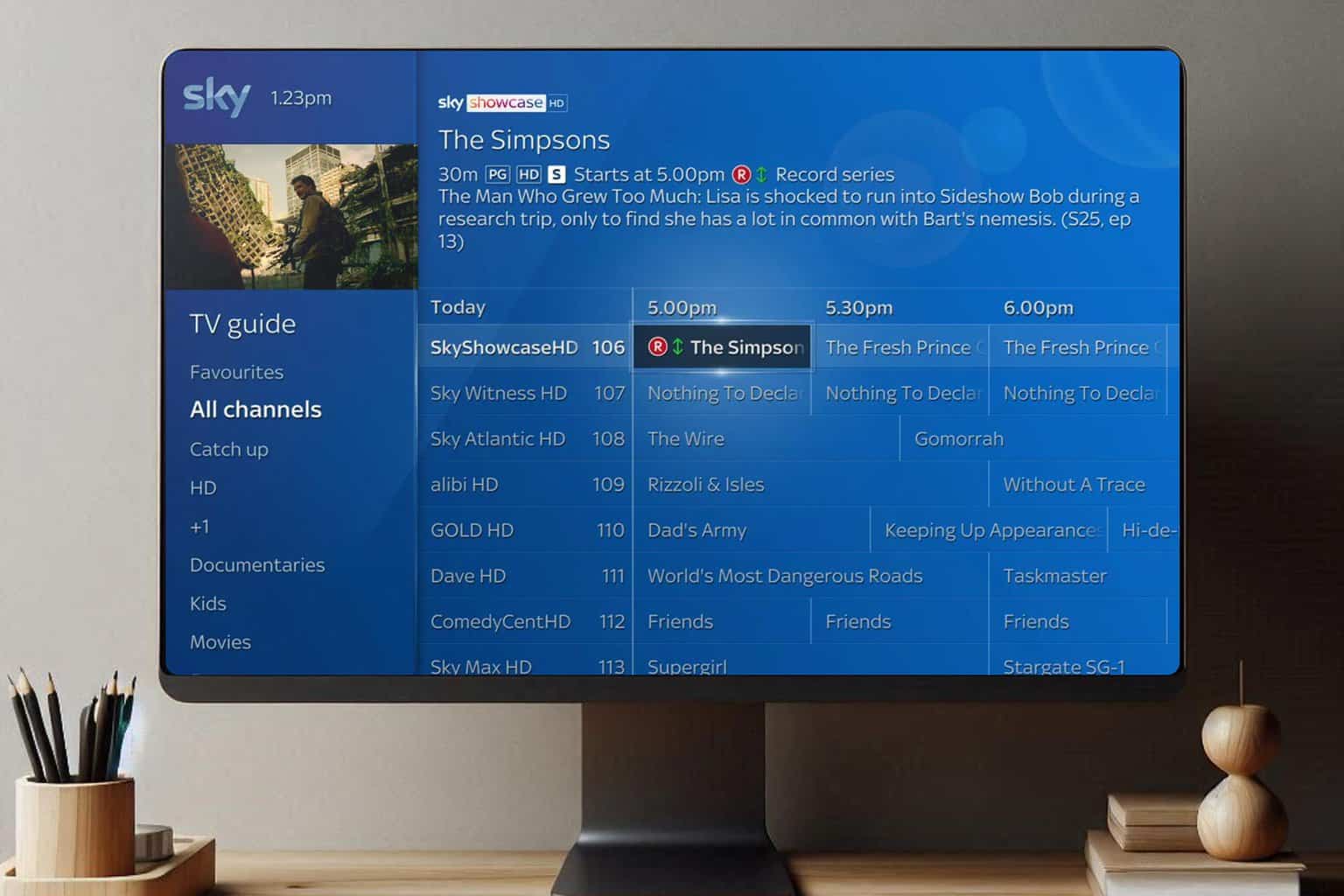Could the internet take a lesson from Minecraft’s digital citizenship course?
3 min. read
Published on
Read our disclosure page to find out how can you help Windows Report sustain the editorial team Read more

Minecraft Education Edition is a popular learning tool built upon the best-selling video game of all time. It features a broad array of lesson plans that use the game in combination with other assets to teach everything from science and mathematics to coding, language arts, lessons on cultural diversity, and so on.
Another subject Minecraft Edu teaches is Digital Citizenship, obviously a very fundamental topic in today’s world.
What is Minecraft Edu’s digital citizenship course?
The course, which is aimed at upper elementary students, is intended to teach kids the basic tenets of being a good and responsible digital citizen. And what are these, you may ask? They are 1) respecting the feelings of others (remember that on the other side of that screen is a human being, just like you); 2) respecting digital copyright, including intellectual property; and 3) leaving a clean digital footprint.
How does it work?
The lesson curriculum goes as follows: students watch a video courtesy of GCFLearnFree.org titled “Being a good digital citizen.” After viewing the video, students are then logged into the Minecraft “Digital Citizenship” world, where they are put into four groups.
These groups explore different aspects of bad digital citizenship e.g., trolling, digital theft, etc. Groups are assigned projects such as building a structure or collecting resources, and so on. However, in each group a character called “The Agent” will sabotage the effort by practicing bad citizenship – in one group, for instance, the Agent will at some point steal the groups resources (representing digital theft), and in another the Agent will destroy part of a structure, an analog to a form of online trolling called “griefing.”

The point is that the students experience first-hand the effects of bad citizenship. Afterwards, students return to the game world’s campsite, or hub, to discuss their experiences and how it made them feel.
The ultimate objective of the lesson is to instill in students the importance of respecting others in the online sphere just as they would in “real life,” including respecting digital property. The lesson also includes a discussion of lesson keywords, such as an explanation of what a “digital footprint is.”
Conclusion
Now that we know a little about how digital citizenship is taught in schools it begs the question: does teaching it really work? Will tools such as Minecraft Edu’s course really raise a more socially conscious generation of internet users? Only time will tell.
Feature image credit: education.minecraft.net







